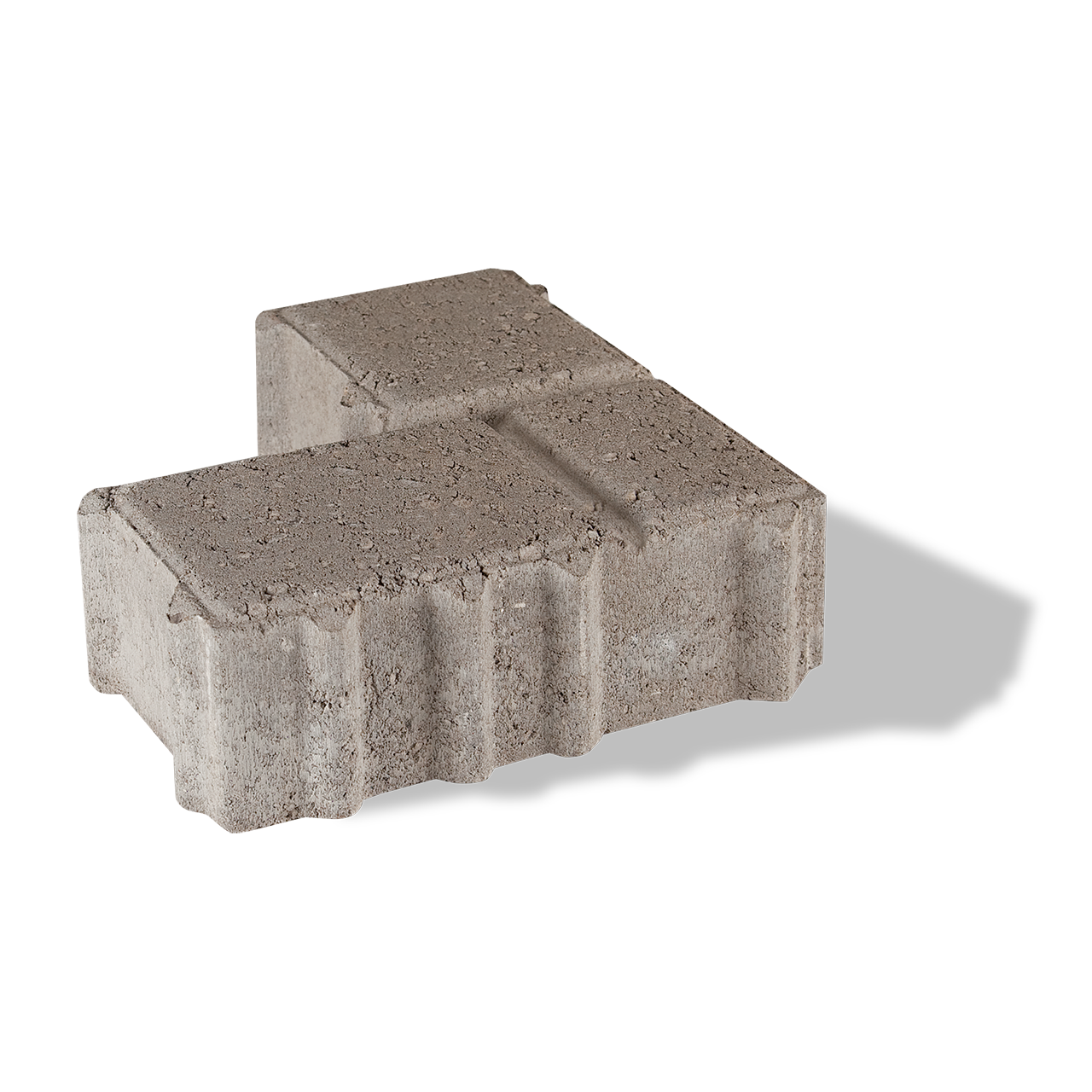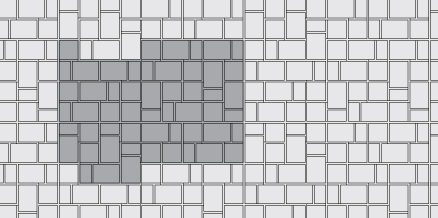Shape and size

STANDARD
250mm x 250mm x 80mm
9 7/8" x 9 7/8" x 3 1/8"

STANDARD
250mm x 250mm x 80mm
9 7/8" x 9 7/8" x 3 1/8"





STANDARD
250mm x 250mm x 80mm
9 7/8" x 9 7/8" x 3 1/8"

STANDARD
250mm x 250mm x 80mm
9 7/8" x 9 7/8" x 3 1/8"





Eco-Optiloc is a rectilinear shaped paver which is typically installed mechanically for commercial permeable applications. Eco-Optiloc can be customized for your particular design requirements. (minimum qty. applies)
Recommended Base Stabilization – one layer of DriveGrid™" stabilization grid between subgrade and base material. Recommended depth 8” to 10” below pavers for maximum stability and performance. Use under Permeable Base.
Standard Base and Bedding Course – Not applicable
Permeable Base – Min. 6” – 8” of ¾“ clear open-graded stone compacted to achieve full particle lock-up and consolidation. (Clear open-graded does not compact but does consolidate slightly by rattling the particles together.)
Permeable Bedding Course – 1” thick of 1/4” clear open-graded chip stone – (ASTM No. 8) screeded over base.
Special Note: Concrete Direct Overlay – Not applicable
Jointing Material and Joint Stabilization - Clear stone chip (ASTM No. 9) is swept in as jointing infill.
Handling – Can be installed by hand but very difficult. Should be installed mechanically.
Edge Restraint - Always install an edge restraint around the perimeter of any paver installation not restrained by building structures. Spike-in edge restraints come in plastic and metal and work well for most applications. A concrete curb or a sub-surface concrete wedge can also be installed to retain the edge.
Paver Compaction - Always use a protective polymer pad on the bottom of your compactor when doing the final compaction of the pavers. An alternative is to use a rubber-roller compactor for the final compaction.
Cleaners – Any cleaner specifically designed for pavers may be used for color restoration or general cleaning. Follow manufacturer’s dilution rates and application procedures. Always test a small area to make sure the results are as expected.
Sealers
The Americans with Disabilities Act Accessibility Guidelines (ADAAG) provides measurable criteria to determine compliance, not individual product evaluation. Gaps, joints or openings, greater than ½” horizontal and ¼” vertical should be avoided as they can disrupt wheelchair maneuvering (United States Access Board – Guidelines and Standards).
Jeff Hummel from Hummel's Landscape explains why he chooses Unilock products first, and why the quality of the product makes it easy when it comes time to install.
Jeff HummelLeon Raber from Creative Hardscapes talks about the quality and innovation of the Unilock product, and the wide range of color tones available. He also explains how he is most impressed with the contractor service provided by Unilock, and how the support makes him feel like family.
Leon RaberDave Caroselli from Shearer Patio & Landscape Services explains why being creative in the hardscape industry is something that he enjoys and why he feels that Unilock product is top tier in the industry. He also talks about how the UniLyft system has helped him efficiently complete a project with speed and precision.
Dave Caroselli
Veuillez appeler le 1-800-Unilock ou contacter l'un de nos responsables de territoire.

